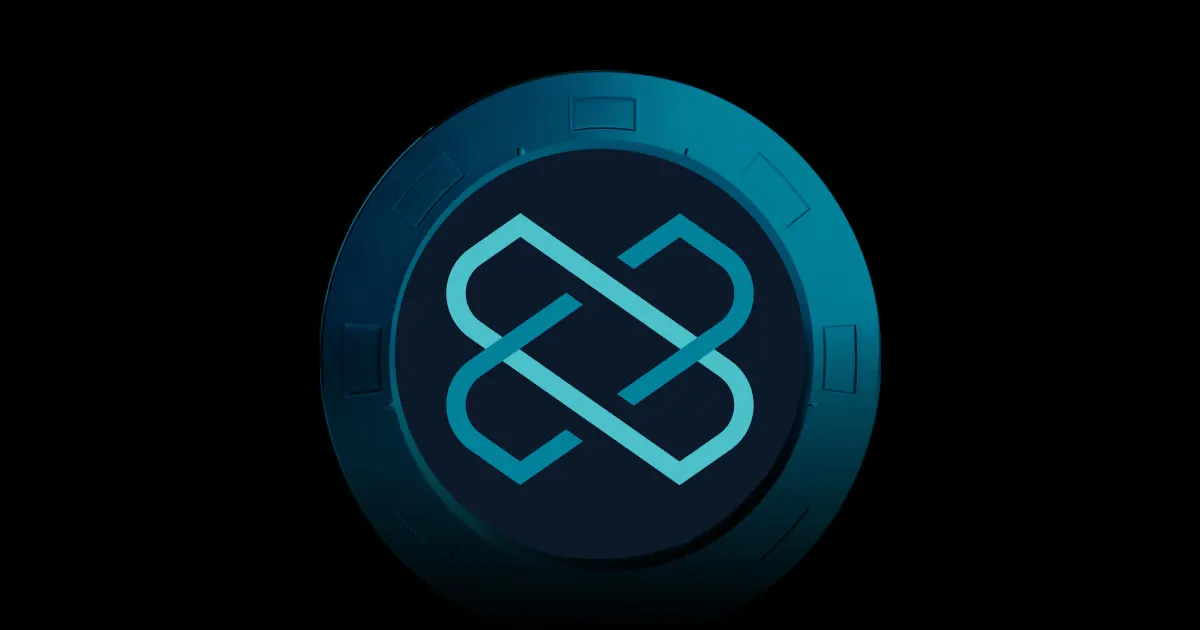Related Articles


Loom Network (LOOM) has evolved from a scaling solution for Ethereum to a full-fledged blockchain ecosystem with its unique features.
In the dynamic world of blockchain technology, LOOM’s commitment to scalability, interoperability, and developer-friendliness makes it an attractive choice for those seeking to build decentralized applications, especially in the gaming, DeFi, and NFT sectors.
Loom Network was founded in 2017 by James Duffy, Matthew Campbell, and Luke Zhang. The team's vision was clear: to address one of the most pressing challenges facing blockchain adoption, scalability. Initially launched as a layer-2 scaling solution for Ethereum, Loom Network aimed to provide developers with tools and infrastructure to build high-performance decentralized applications (dApps).
The project gained significant attention for its unique approach, and in 2020, it underwent a rebranding, shifting its primary focus to building its own blockchain ecosystem. This rebranding coincided with the migration from the Ethereum network, transitioning to a more versatile and independent blockchain.
Scalability: Loom Network's claim to fame lies in its ability to offer high-speed and scalable blockchain solutions. By utilizing a combination of sidechains and Delegated Proof of Stake (DPoS) consensus, LOOM achieves faster transaction speeds and lower fees, making it an attractive option for developers and businesses.
Plasma Chains: LOOM introduces the concept of Plasma Chains, which are customizable, application-specific sidechains. These chains enable developers to create dApps tailored to their specific needs, benefiting from the mainnet's security while avoiding congestion and cost issues.
Interoperability: Loom Network is designed to be interoperable with Ethereum, allowing assets to move seamlessly between the two networks. This bridges the gap between the Loom ecosystem and the broader Ethereum community.
Developer-Friendly: LOOM is developer-friendly, supporting multiple programming languages, including Solidity and JavaScript. This lowers the entry barrier for developers and encourages them to build on the platform.
Game Development: The Loom Network has gained recognition for its emphasis on blockchain gaming. The platform offers solutions for creating scalable and secure blockchain-based games, driving innovation in the gaming industry.
DeFi and NFTs: LOOM has embraced the DeFi (Decentralized Finance) and NFT (Non-Fungible Token) trends. Developers can build DeFi applications and NFT marketplaces on the network, capitalizing on the growing interest in these sectors.
Community and Adoption: LOOM has cultivated a strong community and witnessed increasing adoption of its technology. With a thriving ecosystem of dApps and projects, the platform is positioned for sustained growth and innovation.
Loom Network's token experienced a significant rise in the past 7 days, reaching a peak of $0.2150, which is approximately 450% higher than its lowest value this year. Consequently, its market capitalization now exceeds $262 million.
Loom Network has made its way among the top 100 cryptocurrencies in terms of market capitalization and has been on the ascent with a notable 13.09% price surge on 12th October. At present, Loom Network is trading at approximately $0.2756.
There is no established maximum supply for LOOM. The circulating supply and total supply are 1,219,425,698 LOOM and 1,300,000,000 LOOM respectively at the time of writing.
The $LOOM token has displayed notable price momentum recently, reflecting the growing interest in its unique blockchain ecosystem. As the market capitalization surpasses $338 million, Loom Network has become a significant player among cryptocurrencies. Its upward price movement and steady adoption are indicative of the token's potential.
With a dedicated community, developer-friendly infrastructure, and a focus on gaming, DeFi, and NFTs, Loom is poised to capitalize on emerging trends in the blockchain industry. However, investors should keep in mind that cryptocurrency markets are inherently volatile, and the price of $LOOM may experience fluctuations. As the blockchain space continues to mature, Loom Network's role in shaping the future of decentralized applications remains a compelling factor to watch for both traders and long-term investors.
Loom Network's journey from a scaling solution for Ethereum to a full-fledged blockchain ecosystem is a testament to its adaptability and commitment to addressing the evolving needs of the blockchain industry. The project continues to push the boundaries of what's possible in blockchain technology.
With its emphasis on developer-friendliness, Loom Network is a platform that encourages creative minds to explore the possibilities of decentralized applications. Its Plasma Chains concept, in particular, provides developers with the flexibility to build highly specialized dApps, further fueling innovation within the blockchain space. As the project evolves and new features are added, $LOOM's utility and significance within the blockchain landscape are likely to continue to grow.
Disclaimer: This material is for information purposes only and does not constitute financial advice. Flipster makes no recommendations or guarantees in respect of any digital asset, product, or service. Trading digital assets and digital asset derivatives comes with significant risk of loss due to its high price volatility, and is not suitable for all investors.
